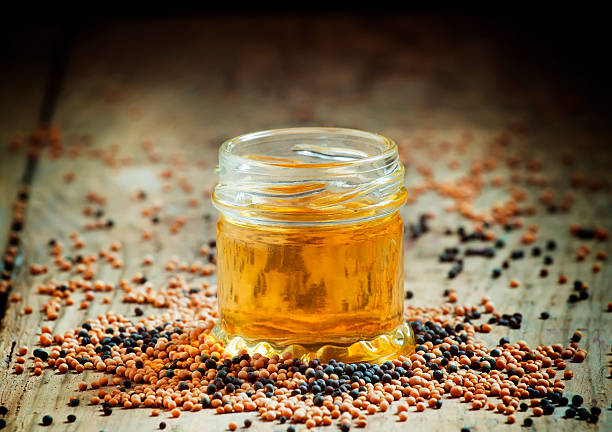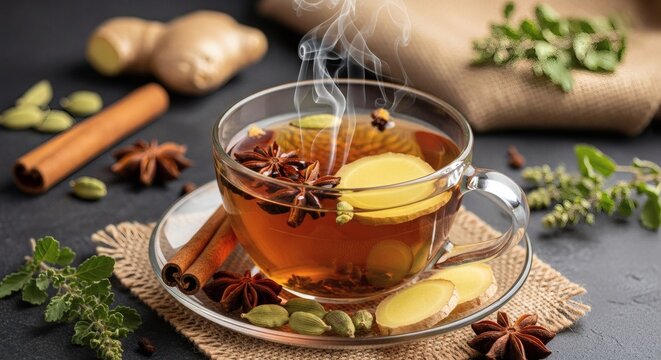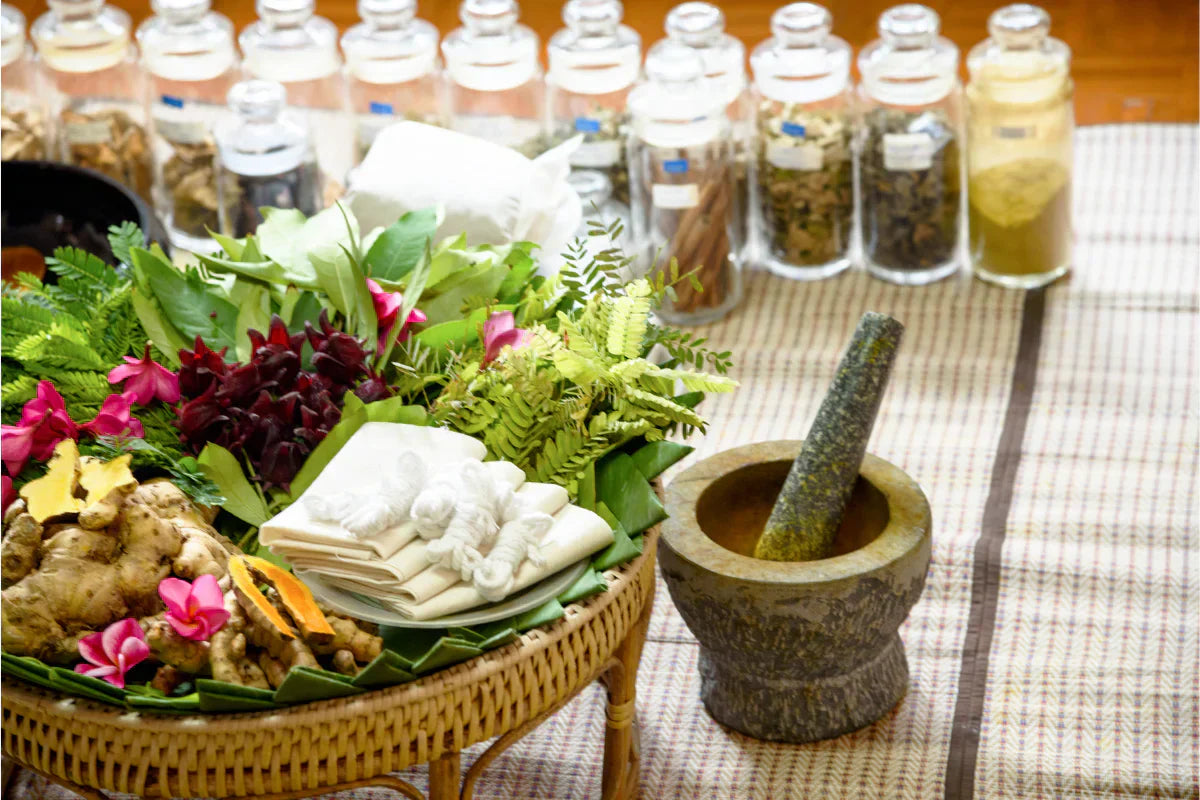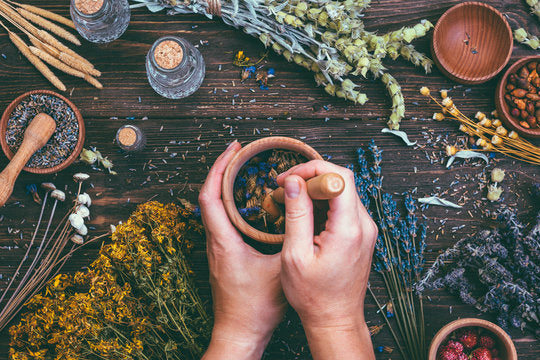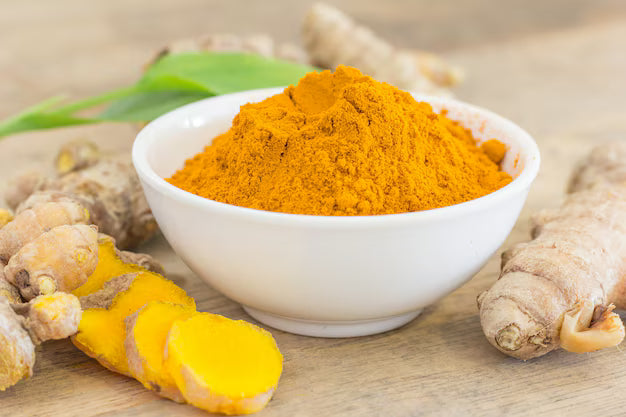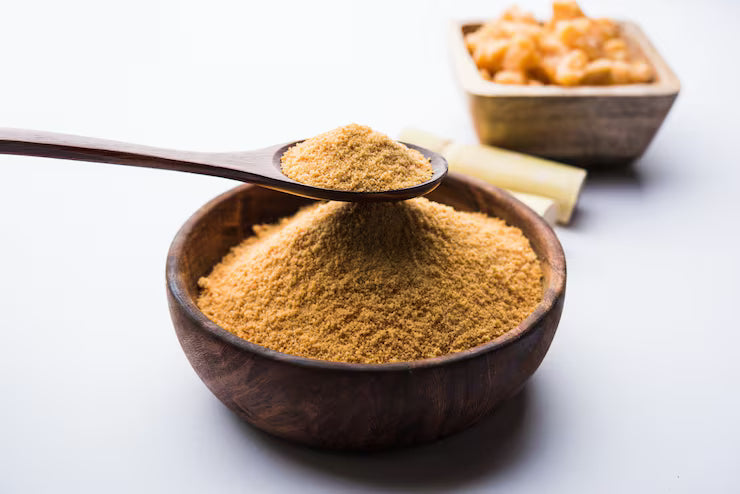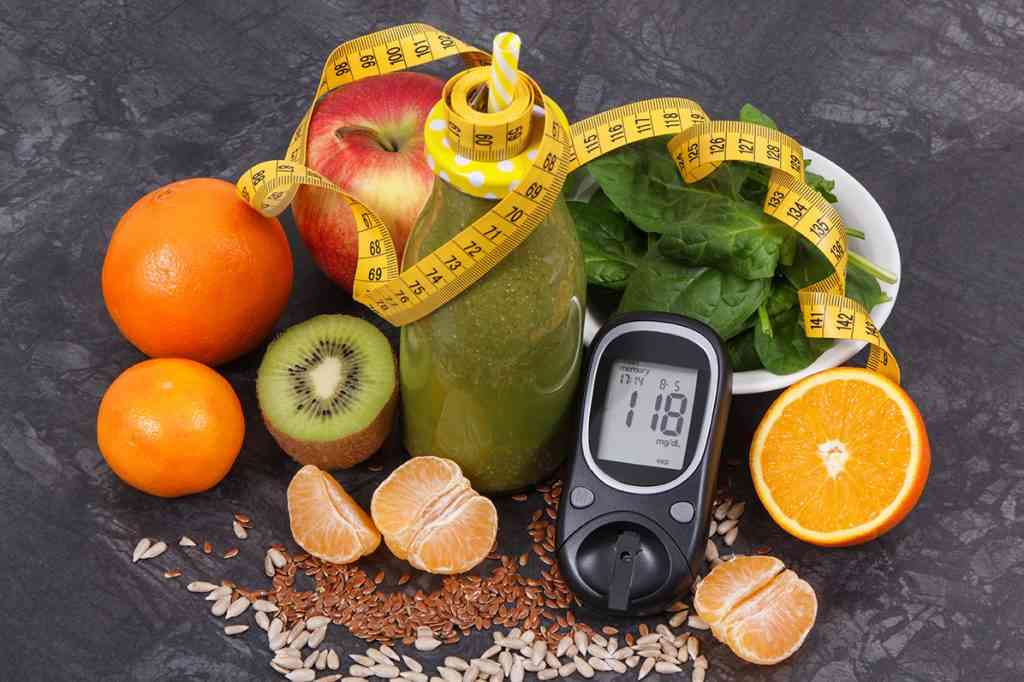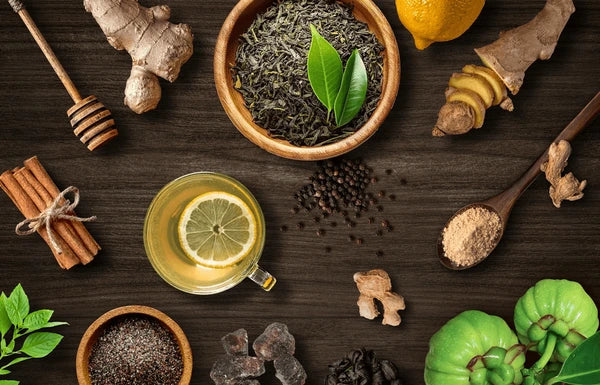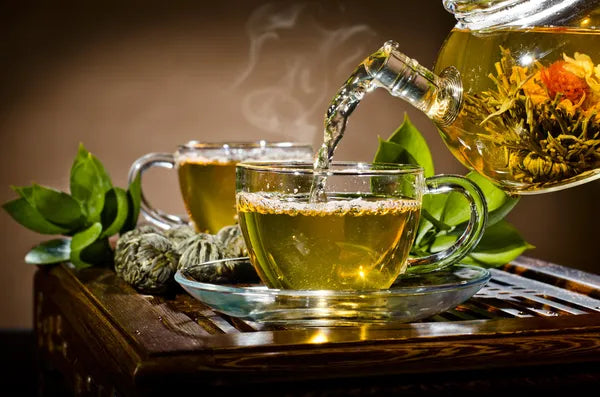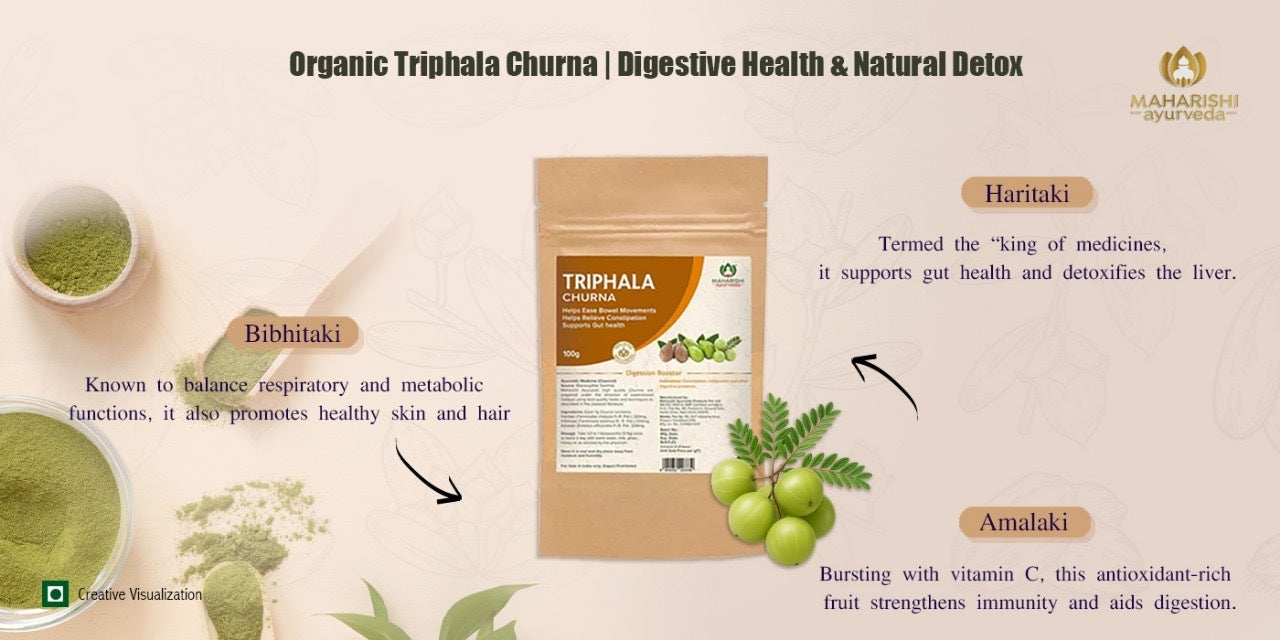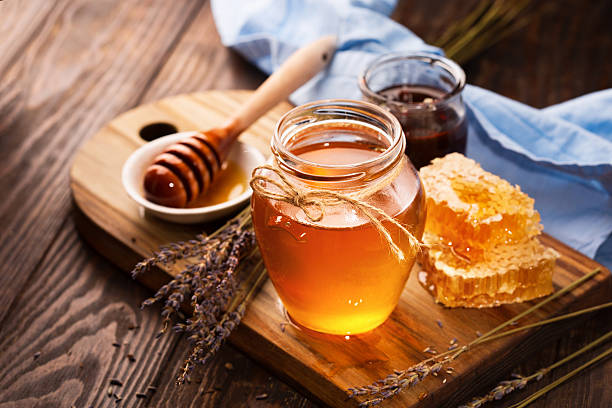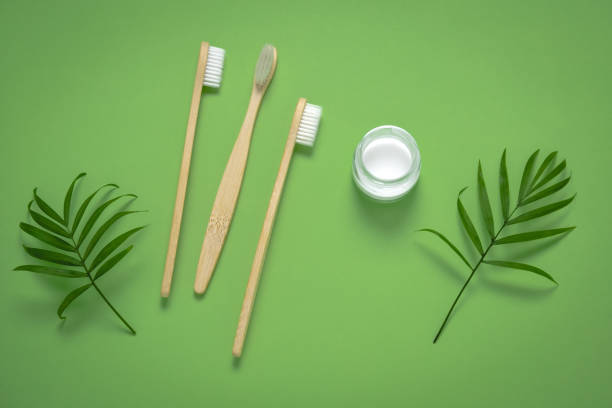Fading Dark Spots & Pigmentation Naturally with Ayurvedic Ingredients

Dark spots may seem like a skin-deep concern, but Ayurveda sees them as whispers from within, signs that your body, mind, and emotions are calling for balance.
Understanding Skin Pigmentation in Ayurveda
Melasma is a common pigmentary disorder characterized by irregularly shaped, light to dark brown patches resulting from abnormal melanin production, primarily affecting sun-exposed areas of the face.
It derives its name from the Greek word “mélas,” meaning black.
The condition, first described by Hippocrates, is characterized by increased melanin, melanocytes, and tyrosinase synthesis in the skin.
But in Ayurveda, its understanding is much deeper. It is considered to be not just a cosmetic disorder due to external exposure but also due to deeper dosha imbalance, and also due to emotional and psychological turmoil. Melasma is often mistaken for a cosmetic issue, leading to underdiagnosis and inadequate treatment.
In Ayurveda, Pitta becomes aggravated due to factors like excessive sun exposure, spicy foods, stress, or hormonal fluctuations, which can lead to discoloration of the skin, known as Vyanga in classical texts.
Other contributing factors include:
-
Ama (toxins) accumulation due to poor digestion
-
Rakta Dhatu vitiation (impure blood)
-
Hormonal imbalances, especially in women (linked to PCOS or pregnancy)
-
Stress and emotional disturbances, which disturb doshic harmony
The Ayurvedic texts describe a variety of skin problems, including hyperpigmentation or pigmentation on the face. It is correlated to Vyanga. Vyanga is a common skin concern known to us for thousands of years. Though it is considered a minor disease, it has major importance as a cosmetic problem in society.
Root Causes of Pigmentation According to Ayurveda
1. Aggravation of Pitta and Vata Doshas – Especially Bhrajak Pitta (controls skin color) and Udaan Vayu, leading to discoloration and uneven tone.
2. Vitiation of Rakta Dhatu (Blood Tissue) – Impure or overheated blood manifests externally as dark patches or pigmentation.
3. Weak Digestion and Ama Accumulation – Undigested toxins circulate in the body, clog channels (Srotas), and dull the complexion.
4. Excessive Anger, Stress, and Emotional Turmoil – Mental strain aggravates Pitta and Vata, disrupting hormonal and metabolic balance.
5. Overexposure to Sun and Heat – Increases internal Pitta, causing melanin overproduction and pigmentation.
6. Hormonal Imbalances – Especially in women during pregnancy, PCOS, or due to oral contraceptives.
7. Overexertion and Irregular Lifestyle – Physical or mental fatigue disturbs the doshas and impairs natural detoxification.
8. Use of Harsh Cosmetics and Medications – Certain products and drugs aggravate skin sensitivity and trigger pigmentation.
9. Poor Emotional and Lifestyle Balance – Unhealthy routines, lack of rest, and mental agitation hinder skin’s natural healing and radiance.
Ayurvedic Herbs & Ingredients That Fade Pigmentation Naturally
Manjistha (Rubia cordifolia)
A powerful blood purifier that clears toxins and reduces pigmentation. A potent Rakta shodhaka (blood purifier)
2. Neem (Azadirachta indica)
Its Tikta rasa (bitter taste) and detoxifying properties help cleanse the skin and reduce melanin. Neem helps cleanse the skin and reduce melanin buildup.
3. Turmeric (Curcuma longa)
With its anti-inflammatory and antioxidant properties, turmeric lightens pigmentation and promotes skin healing. Curcumin, the active compound in turmeric, has been shown to inhibit melanin synthesis and reduce oxidative stress
4. Aloe Vera
Soothes Pitta and hydrates the skin, reducing dark spots and blemishes. Aloe vera gel contains aloin, which has depigmenting effects and soothes Pitta
5. Sandalwood (Chandan)
Cooling and calming, sandalwood pacifies Pitta, helps reduce inflammation, and improves skin tone.
6. Licorice (Yashtimadhu)
Blocks melanin production and helps fade hyperpigmentation. Licorice root extract inhibits tyrosinase, an enzyme involved in melanin production.
Ayurvedic Therapies for Pigmentation & Melasma
PANCHKARMA DETOX
Ayurveda recommends a special, time-tested 5-step process – Panchkarma detox – that helps in tackling pigmentation.
Virechana (purgation): This is a therapeutic act of inducing bowel movements to cleanse the system using natural laxatives.
This balances excessive Pitta and eliminates deep toxins.
Raktamokshana (bloodletting): This therapy helps remove impure blood, leading to reduced inflammation and clearer skin. This also helps balance Pitta.
Nasya (nasal therapy): In this therapy, Ayurvedic herbal extracts or oils are administered through the nostrils, helping to balance hormones, clear sinuses, and remove toxins from the head.
Abhyanga (oil massage): Massaging with therapeutic oils such as Kumkumadi Tailam helps to lighten pigmentation; improve blood circulation to even out skin; mobilise toxins; and balance doshas, especially Pitta, to prevent triggers of pigmentation.
Mukhaleps (herbal face packs): Face packs made of Turmeric, Manjistha, Sandalwood, and Rose help brighten skin.
RASAYANA CHIKITSA (Rejuvenation Therapy)
Rejuvenating Ayurvedic herbs - Guduchi, Shatavari, and Yashtimadhu – when taken regularly, significantly help reduce pigmentation by promoting cellular regeneration, correcting hormonal imbalances, purifying the blood, and inhibiting enzymes that trigger pigmentation.
DINACHARYA & RITUCHARYA (DAILY & SEASONAL
Ayurveda does not prescribe quick-fix, topical solutions; rather, the ancient science recommends a holistic healing approach for all physical and mental problems, including a balance of doshas or bio energies that govern physiologies.
In order to tackle pigmentation, daily habits of cleansing with herbal waters, oil massages with therapeutic dosha-balancing oils, and quality sleep are critical. Yoga and Pranayama, or breathing exercises, improve oxygenation and help clear the skin. The seasonal approach involves using cooling herbs and botanicals such as sandalwood and rose during the summer to calm the skin.
Ayurvedic Diet to Balance Pitta & Prevent Pigmentation
An Ayurvedic diet for pigmentation focuses on pacifying Pitta dosha, cooling the body, purifying the blood, and supporting healthy digestion. Each ingredient plays a unique role in restoring balance and radiance.
Cooling Foods
-
Cucumber: Naturally hydrating and cooling, it soothes internal heat, clears toxins, and keeps skin supple and calm.
-
Coconut water: Rich in electrolytes, it balances Pitta, hydrates tissues, and purifies the urinary system, supporting a clear, radiant complexion.
-
Mint: Refreshing and aromatic, mint cools digestive fire, improves liver function, and refreshes dull or overheated skin.
-
Coriander: A gentle detoxifier that cleanses the liver and blood, calming inflammation and promoting even skin tone.
Bitter Vegetables
-
Neem leaves: Strongly bitter and purifying, neem clears heat, supports detoxification, and removes impurities that cause pigmentation.
-
Bitter gourd: Improves metabolism, regulates blood sugar, and purifies the blood, reducing inflammation and heat-induced skin dullness.
Fresh Fruits
-
Pomegranate: Rejuvenates blood, strengthens digestion, and cools Pitta, enhancing natural glow and protecting against oxidative damage.
-
Grapes: Hydrating and sweet-astringent, they pacify Pitta, cleanse the liver, and nourish the skin from within.
-
Berries: Packed with antioxidants, they fight free radicals, reduce pigmentation, and support microcirculation for youthful skin.
Whole Grains
-
Barley: Light and cooling, it balances excess heat, aids detoxification, and supports clear skin by cleansing the urinary system.
-
Rice: Soft, easily digestible, and Pitta-soothing, it provides grounding energy without aggravating internal heat.
-
Oats: Nourishing yet light, they stabilize digestion, keep the body cool, and maintain smooth, hydrated skin.
Herbal Teas
-
Licorice root: Sweet and cooling, it reduces acidity, balances hormones, and supports clear, even-toned skin.
-
Chamomile: Calms the mind and digestive tract, easing Pitta-related irritations that often appear on the skin.
-
Rose petals: Gently cool the blood, uplift mood, and impart a soft, glowing radiance to the complexion.
Foods to Avoid
-
Spicy and oily foods: Overheat the system, inflame the skin, and worsen Pitta imbalance, leading to dark spots.
-
Fermented foods: Generate internal acidity and toxins, blocking channels and aggravating pigmentation.
-
Excess caffeine and alcohol: Dehydrate the body, disturb digestion, and intensify heat and redness in the skin.
-
Red meat and sour foods: Heavy and Pitta-provoking, they increase inflammation and slow detoxification.
-
Incompatible combinations (Viruddha Aahar): Pairings like milk with citrus disturb digestion, form toxins, and vitiate blood, dulling skin tone.
Ayurvedic Home Remedies for Pigmentation
Nutmeg Paste (Jatiphal with Milk)
Nutmeg possesses warming yet balancing properties; when ground with milk, it reduces dark spots, evens tone, and promotes smooth, clear skin.
Masur Dal & Milk
Red lentil gently exfoliates and nourishes; combined with milk, it brightens complexion, softens texture, and reveals a natural glow.
Arjuna Bark with Milk
Arjuna bark strengthens skin tissues, purifies blood, and, when mixed with milk, helps lighten discoloration and restore healthy tone.
Manjistha with Honey
A powerful blood purifier, Manjistha mixed with honey detoxifies the skin, clears blemishes, and enhances its natural radiance.
Pomegranate Bark with Goat’s Milk
Rich in antioxidants, this blend hydrates, detoxifies, and rejuvenates dull skin, helping reduce pigmentation and restore luminosity.
Check out the Top Ayurvedic Skin-Brightening Herbs–>
Modern Insights Supporting Ayurvedic Wisdom
Dermatological research in recent times has concurred with the Ayurvedic understanding that pigmentation is not a superficial anomaly, and is a result, largely of oxidative stress and inflammation. This triggers melanocytes, leading to dark patches and uneven skin tone. Today, research also underscores the deep connection between skin and gut health. A poor gut microbiome builds up toxins and leads to hormonal imbalance, which in turn can cause pigmentation or aggravate it.
Recent findings also validate the potency of Ayurvedic herbs such as Turmeric in tackling such conditions. Curcumin, the active component in turmeric, has been shown to inhibit tyrosinase activity and reduce melanin synthesis. Another herb, Liquorice, rich in glycyrrhizin, has been found to have skin-brightening and anti-inflammatory effects.
Conclusion – Heal Skin from Within
Pigmentation is far more than a surface-level concern; it reflects internal imbalance. Ayurveda reminds us that true radiance arises when Pitta is pacified, Rakta (blood) is purified, and harmony is restored between body, mind, and emotions. Healing begins through wholesome food, regular detoxification, balanced lifestyle, and nurturing self-care.
Alongside internal therapies, external nourishment with Kumkumadi Oil, a time-honored Ayurvedic elixir enriched with saffron, manjistha, and sandalwood, helps reduce pigmentation, improve tone, and enhance glow. When inner purity meets outer care, the skin naturally regains its calm, clear, and luminous essence.
FAQs
1. Can pigmentation be cured permanently in Ayurveda?
Yes. Ayurvedic therapies like Virechana and Raktamokshana, along with complexion-enhancing herbs (Manjistha, Lodhra, Jatiphala, Arjun), can restore clarity and prevent recurrence.
2. Which Ayurvedic ingredients reduce melanin naturally?
Varnya Gana herbs – Candana, Padmaka, Usira, Madhuka, Manjistha, Sariva – are known for promoting even skin tone.
3. How does Ayurveda treat hormonal pigmentation?
Through balancing Agni, supporting liver detox, and using Rasayana herbs that regulate hormones. Nasya and Virechana are often recommended for hormonal detoxification.
4. What diet supports clear skin?
Cooling, non-spicy foods; fruits rich in antioxidants; and avoiding fermented or processed foods that cause Ama buildup.
5. Is Kumkumadi Tailam effective for pigmentation?
Yes. Ayurvedic therapies like Virechana and Raktamokshana, along with complexion-enhancing herbs (Manjistha, Lodhra, Jatiphala, Arjun), can restore clarity and prevent recurrence.
Popular Posts

Winter Skin Problems and Solutions: What to Do & How to Avoid Them?
16 Dec, 2025Winter brings a sharp drop in temperature, lower humidity, and harsh winds, all of which strip mo...
Read more
Ayurvedic Rasayana Therapy vs Modern Allopathy Solutions
15 Dec, 2025Ayurveda and modern allopathy are two scientifically established healthcare systems that share a ...
Read more
बच्चों-बड़ों के लिए आयुर्वेदिक अस्थमा उपचार | Maharishi Ayurveda
11 Dec, 2025अस्थमा को फेफड़ों का रोग या lungs disease कहा जाता है। इस बीमारी में बच्चों और बड़ों के श्वासनली मे...
Read more




 Popular Read
Popular Read




























